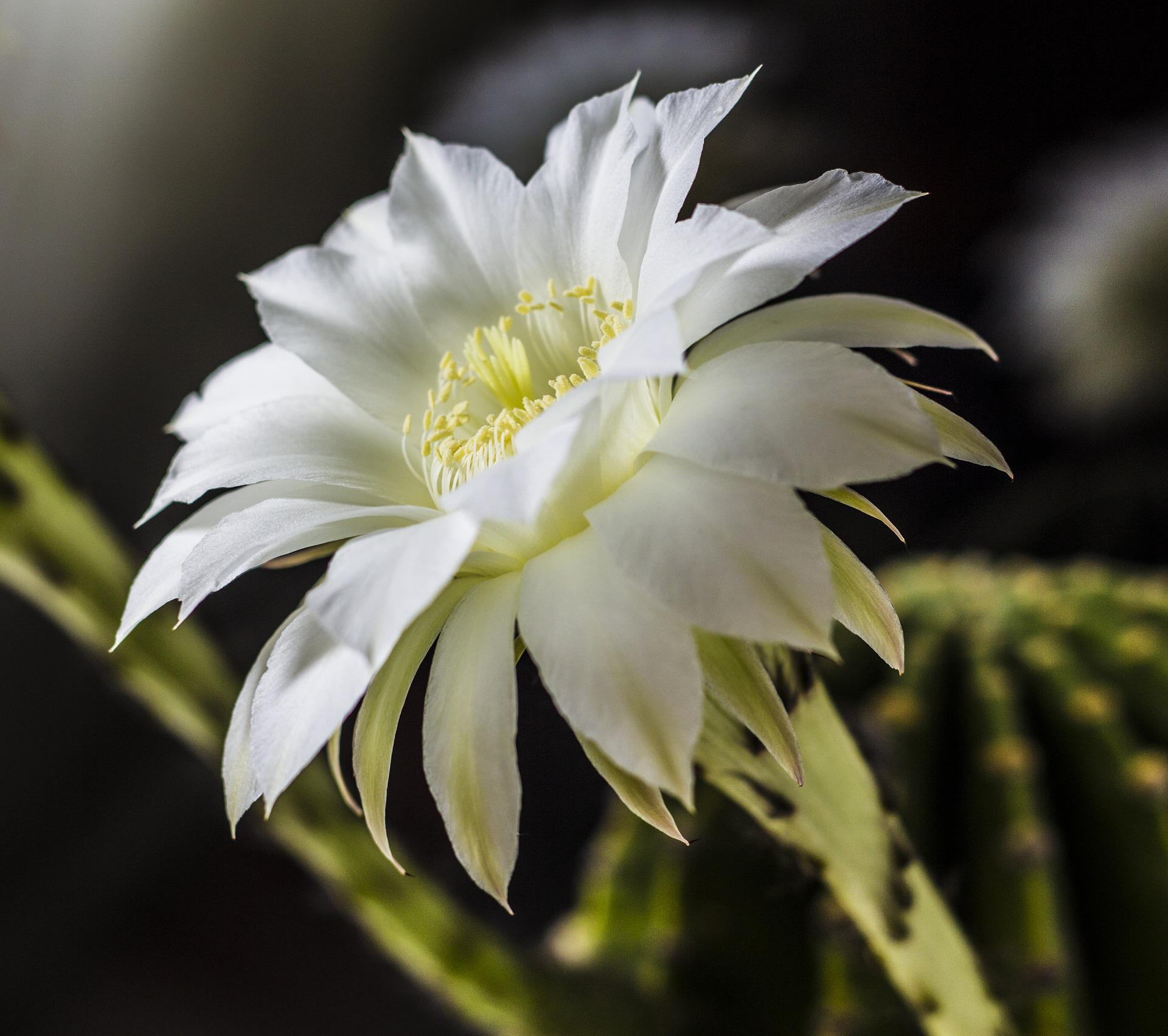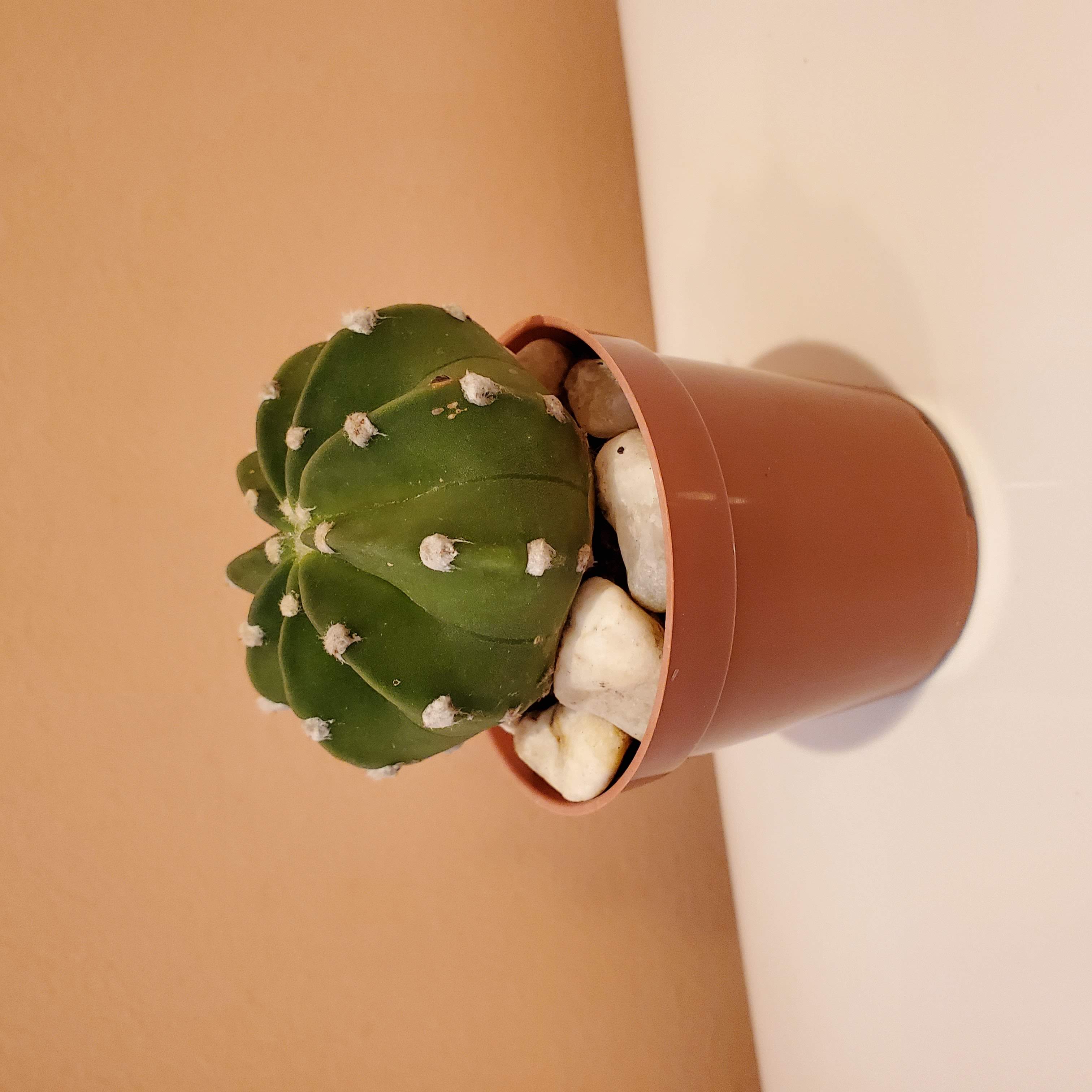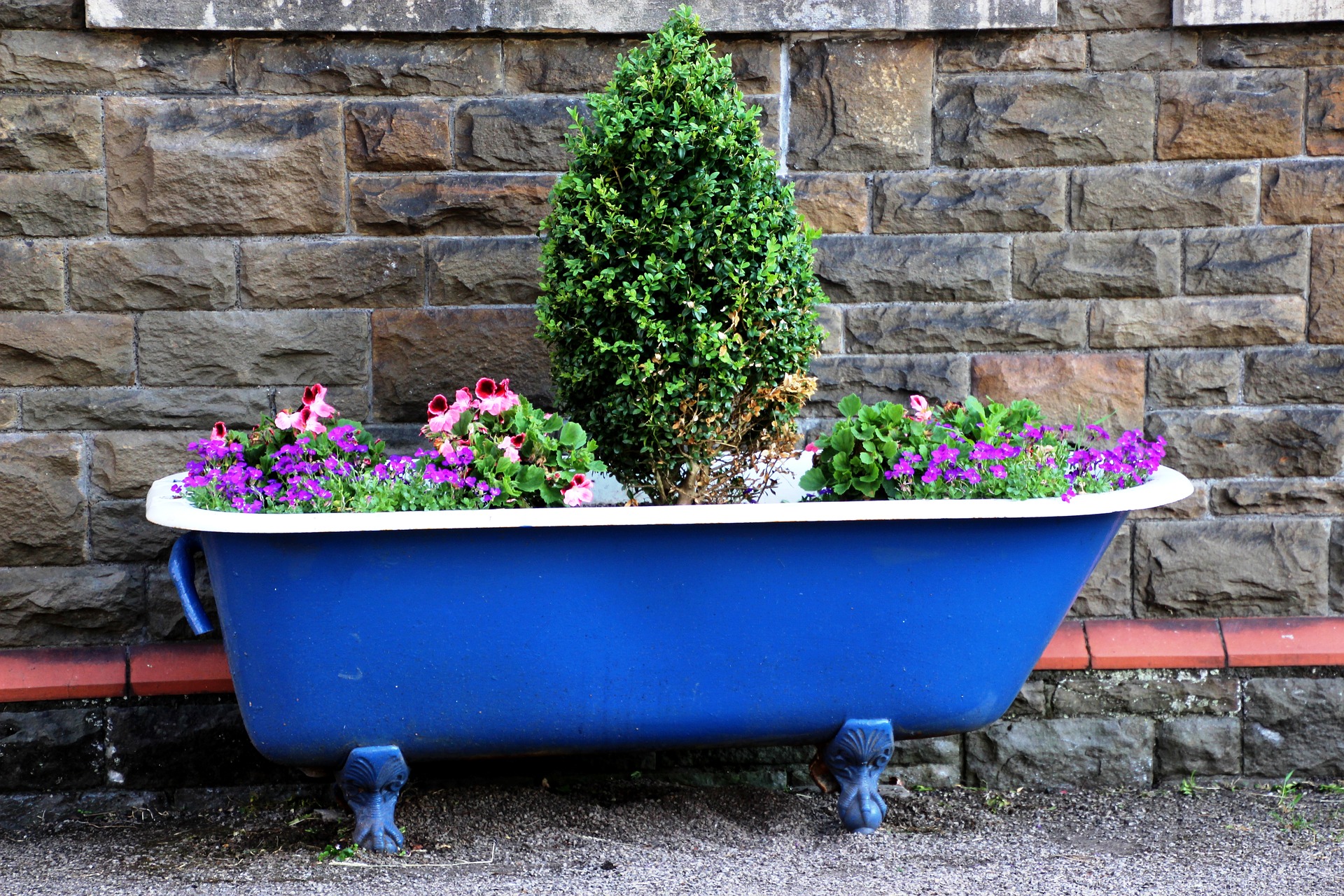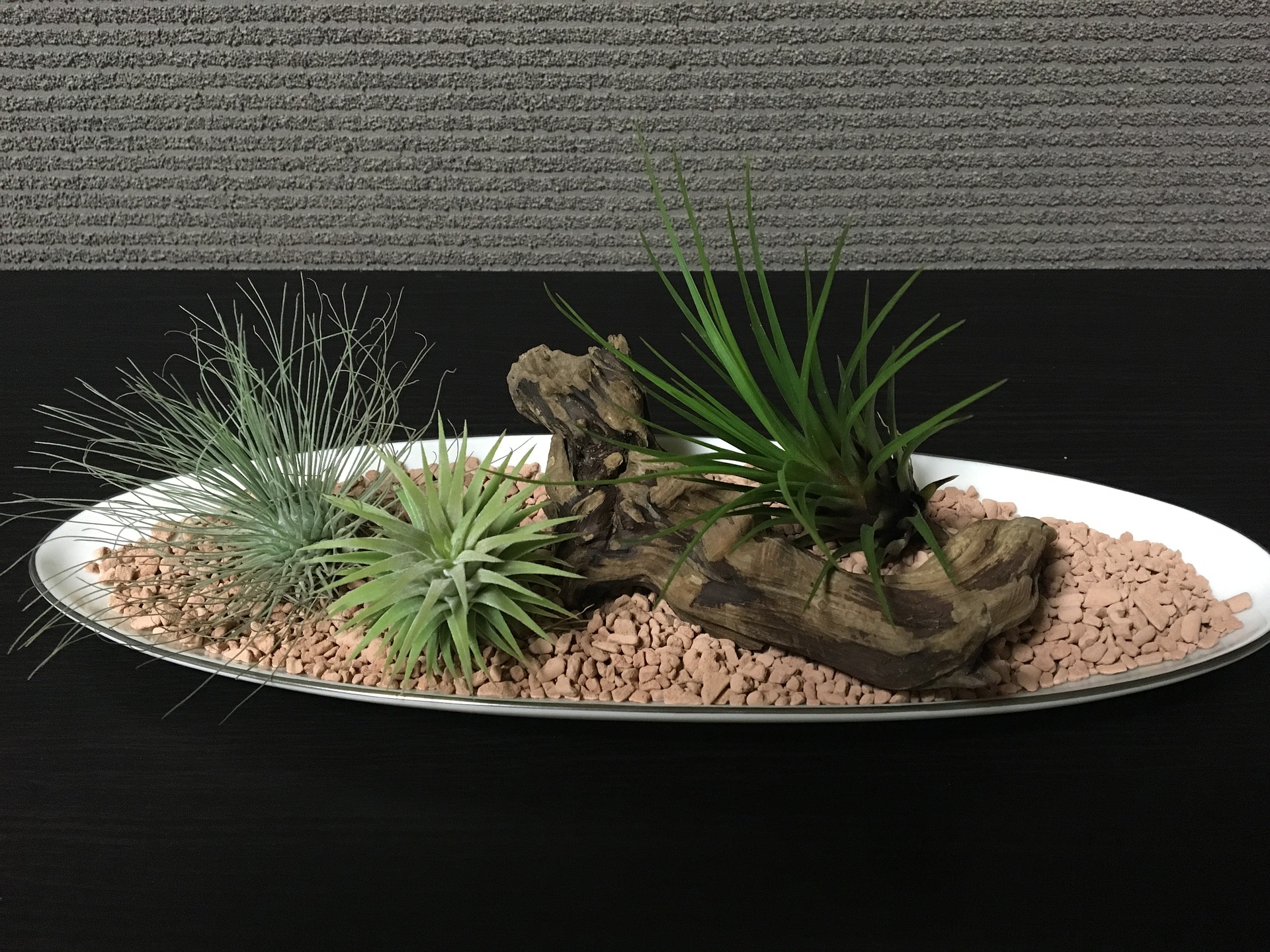- Home
- Cactus Garden
- Domino Cactus
The Domino Cactus - Echinopsis Subdenudata
The Domino Cactus is a very cool-looking cactus that looks like a green ribbed ball with white spots.
It gets its name from the clumps of wooly spines that look like dots on a domino against the dark green body of this cactus. It is a globular cactus that will slowly grow up to 5 inches tall and wide.
It is part of the Echinopsis plant family (its scientific name is Echinopsis Subdenudata), which are native to South America. The Domino Cactus is mostly found in Bolivia where it grows in dry mountainous regions, rather than sandy desert areas like many cacti.
Key Facts on Domino Cactus
Scientific name: Echinopsis Subdenudata
Other names: Easter Lily Cactus
Sun needs: Bright light / Full sun
Water needs: Water only when soil is fully dry
Hardiness Zones: USDA Zone 10 (not frost hardy)
Blooms: Large fragrant white flower in summer
How to Plant Domino Cactus
When planting your cactus, there are a few things to consider:
- Will the cactus be planted alone, or together with other plants,
- What container to use as a planter,
- What soil to utilize.
Companion Plants
If you want to create a combination planter including the Domino Cactus, it is best to combine it with other cacti that will have similar needs.
Since the Domino Cactus comes from mountainous regions of Bolivia, it would be an interesting addition to a Bolivian cactus rock garden container or a fairy rock garden along with other cacti from the region and some interesting rocks and stones. This could include the Bolivian Torch Cactus or a San Pedro Cactus, for example.
Container
You can plant a Domino Cactus in almost any container, so long as it meets two main requirements:
- Match the size of container to the size of the cactus. A container that is too large will have soil that takes a long time to dry out, potentially causing root rot. And since cacti grow quite slowly, there is no need to put the plant in a container larger than its needs.
- Make sure that water will drain out of the container quickly. It should have several drainage holes, and not too deep so that water doesn’t accumulate in the bottom of the pot below the cactus roots.
Soil
Like most cacti, the Domino Cactus likes well-draining soil. It should always be planted in a container that has drainage holes so the soil has a chance to dry out quickly after watering.
You can purchase soil blends that are specifically designed for cacti. Even these blends are often too organic and retain too much water, so I recommend mixing your soil 50/50 with pumice or perlite (you should be able to find bags of these at your garden center or hardware store, near where they sell the potting soil). If you can’t find pumice or perlite, you could mix in some gravel, coarse sand or small rocks in with the soil to increase its ability to drain.
Caring for a Domino Cactus
Water
Domino Cactus is a summer-growing species, so during the summer you can give it a thorough watering when the soil is completely dried out (probably once every 2-4 weeks, depending on how dry your home is, and how large of a pot it is in).
Because the Domino Cactus is not a desert-growing species (it comes from mountainous regions of Bolivia), it likes a little more water during the summer months than some other cacti.
You can tell when your Domino Cactus is ready for watering when the soil is very dry, and the vertical ribs on the cactus body start to look a bit sharper and more pronounced. When you do water, try to just add water to the soil and most of the time avoid pouring water directly onto the cactus itself. If it does get wet, whether by mistake or in order to give it a “dusting off”, make sure the cactus is in an area of good airflow until the water on the surface of the plant evaporates.
Don’t put it in direct sun if there are water droplets on the body of the cactus, since those can cause burning as the water droplets act like little magnifying glasses that concentrate the sun's rays and scorch the cactus skin.
In wintertime, the cactus is dormant, so it will need barely any water. If it seems to be deflating or wrinkling, then give it a small amount of water monthly, but don’t soak the soil since it will take longer to dry out in winter and that could result in a rotted cactus.
When you do water, make sure any excess water is able to drain out of the drainage holes, and don’t ever leave it standing in a saucer of water which could rot the roots.
Light
As with other cactus species, Domino Cactus prefers lots of sunshine, so it should be placed in a high light area such as a sunny south-facing windowsill or patio. If you are in a very hot or sunny climate, the Domino Cactus will prefer a little shade from the full sun in the hot afternoons.
If you don’t have a sunny spot for the cactus, you can use a grow light to give it the sunlight it needs. This can be as simple as adding a grow lightbulb (which can be found at any of the major hardware stores) to a desk lamp over the plant.
Be careful about putting it directly into full sun too quickly if it is not accustomed to it, because too much direct light too quickly can scorch the delicate skin of the plant.
Flowering

Domino Cactus produces a large, fragrant white flower on a long stem in the summer. The flower often blooms at night, and is very short lived, so it will start wilting the next day.
Fertilizing
Cacti don’t need a lot of fertilizer, but you can provide your Domino Cactus with a little cacti fertilizer mix in the summer.
Don’t fertilize it during the winter when the cactus is dormant.
Hardiness
Domino Cactus will be very happy in typical indoor temperatures as a houseplant. If you do place the plant outside, make sure to bring it inside when the temperature drops since it is not frost-hardy and a freeze will certainly damage or kill the cactus.
If you live in an area with freezing winter temperatures, then you can move your Domino Cactus outside during the warmer summer months if you’d like. Just make sure to avoid very sudden changes in temperature or light by gradually introducing it to the outside for short periods of time. You can bring it back inside when the temperature drops (inspect it carefully to avoid transporting critters into your home along with the cactus). And while outside protect it from too much rain that can quickly rot a drought-loving plant like a cactus.
Propagating Domino Cactus
Like other globular cacti, the Domino Cactus will produce “offsets” (small “baby” cacti attached to or beside the mother cactus) once it is a mature plant. The best time to harvest these offsets is right after the plant has flowered. You can simply remove the offsets from the mother plant and place them on the soil. They will start to form roots fairly soon and once established they can be moved to their own pot.
Keep in mind that not all cactus plants produce offsets no matter what you try, so you simply have to wait and see.
Safety Considerations
Domino Cacti are not toxic to dogs and cats (or curious children), but they do have small spines which would probably be uncomfortable to consume.
Compared to some other cacti the Domino Cactus spines are not particularly spiky or dangerous to touch, but if a child or animal were to pick up the cactus (thinking it was a ball, for example) they might end up with lots of tiny pin-prick spines which obviously would not be a good idea, so cacti are always best placed in a location where small children and pets cannot reach them.
More About Cactus Container Gardening
Next, learn about other cacti, like the strange-looking Moon Cactus here. Or get tips on how to grow a cactus garden container.
- Home
- Cactus Garden
- Domino Cactus


